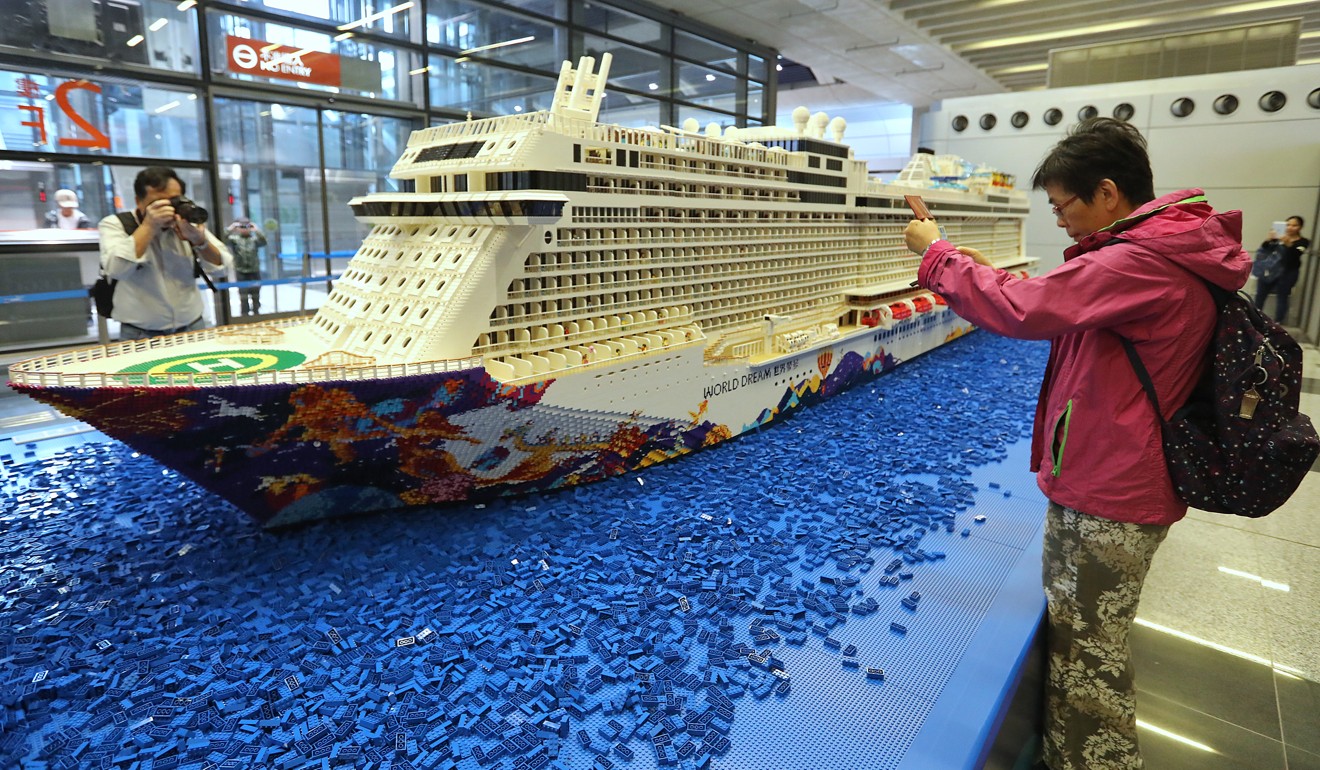
Bricks (and mortar) to help make everything awesome for Lego in Hong Kong
The city, which has the largest number of adult fans of Lego per head of population in the world, could be a key market as the company tries to reverse its recent falling fortunes
Lego plans to add more bricks-and-mortar stores in Hong Kong, where it has a legion of loyal adult fans of its colourful interlocking plastic blocks, as it seeks to offset falling sales elsewhere in the world.
The company has three stores in Hong Kong and an estimated 80,000 to 100,000 adult Lego fans, or AFOLs as the company calls them, a group of users the company has been increasingly targeting with special products in part as a way to beat intense competition in the toy market.
“We have the largest and the most engaged adult fans, or the so-called AFOLs, base in terms of per head of population here in Hong Kong,” said Troy Taylor, the company’s general manager for Hong Kong, Macau and Taiwan, speaking on the sidelines of the first Toys ‘R’ Us toy fair in Hong Kong.
He said some are so dedicated that they had queued up from 3am outside the Lego store in the city’s Causeway Bay shopping district on the day of its opening in late 2017, just to be first through the doors.
“We have been growing very steadily in the past 10 years and we are looking to open a few more stores in Hong Kong in the next two to three years,” Taylor said.
The company’s flagship Hong Kong store, in the shopping hub of Mong Kok, is its largest in Asia, and it has another in Sha Tin in Hong Kong’s north, which opened in December, as well as the Causeway Bay outlet. Southeast Asian shoppers are also big buyers of Lego in Hong Kong as prices are generally lower.
The expansion comes after the company, founded in the 1930s as a maker of wooden toys, said in September that it would overhaul its entire organisation and cut 1,400 jobs after a fall in revenues in the first half of 2017, which was the first drop in revenues for the company in a decade.
The company blamed the declines on weak sales in Europe and the US markets, saying it was because of poor product development and marketing in those regions. The company did not give figures for Hong Kong, but said revenue in China grew by double digits in the first half.

For many of Hong Kong’s AFOLs, there is another aspect to the bricks that keeps them coming back for more.
“One of the important drivers for Hong Kong people’s passion for Lego is its investment value,” said 41-year-old Tsang Yiu-keung, whose Hong Kong Lego Users Group (HKLUG), founded in 2007, now has around 34,445 followers on Facebook.
“There has been lots of media coverage on how valuable some Lego products could be, and people here believe they are worthwhile collecting.”
Hongkongers have a penchant for all things investment, so it is not surprising that this in an important motivation. In fact Lego investing is big business globally: there is a website in the US, brickpicker.com, which comes with a price calculator to indicate how much a particular set may be worth, while Australian comparison site finder.com.au found in research published last March that some vintage Lego sets could produce returns of over 1,000 per cent.
“Hong Kong people like trendy things, and Lego is one of them,” Tsang said.

